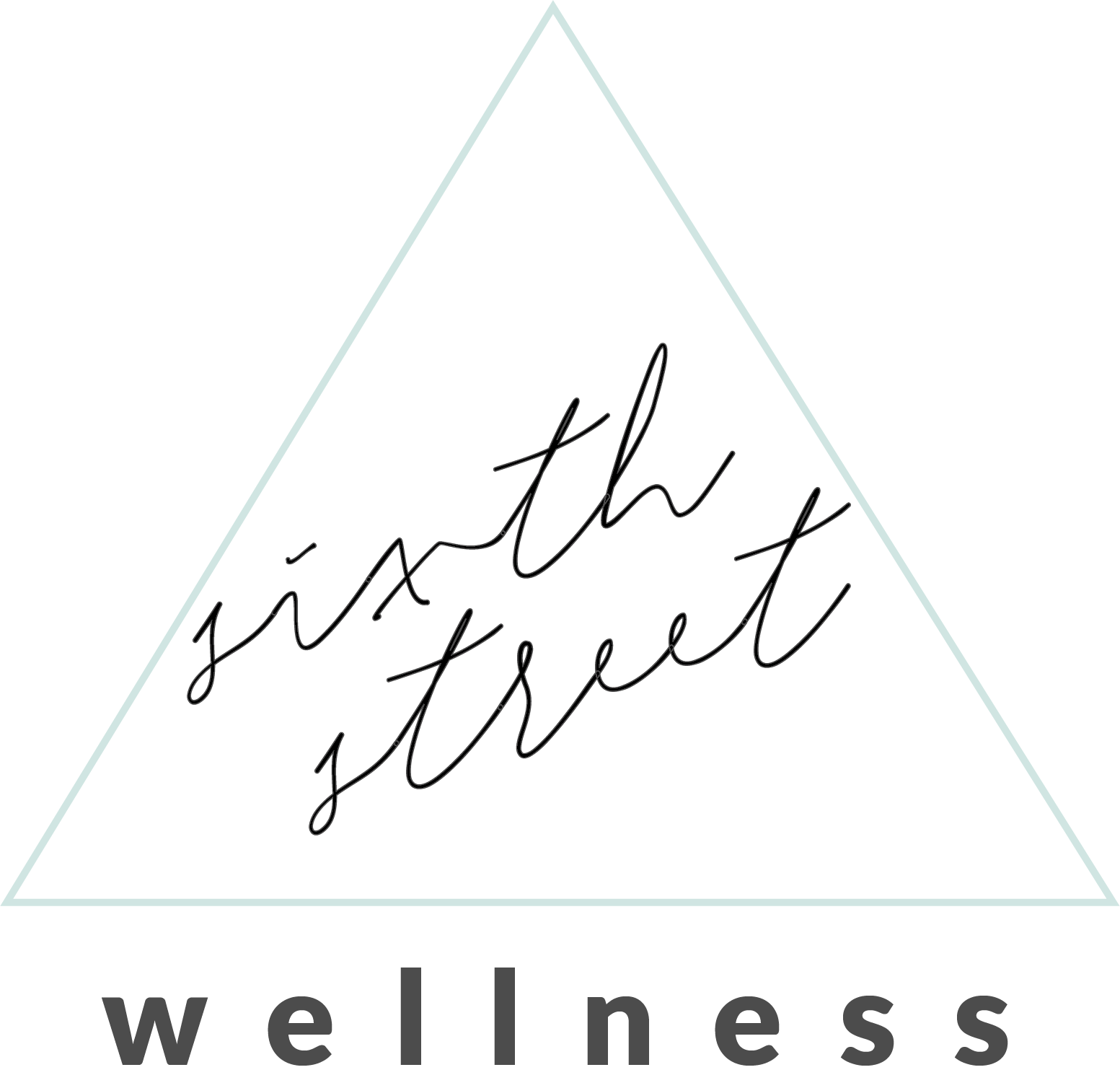Session Screenshots: Inside Jamy's Telehealth Room
As March houses National Social Work Month and Women’s Herstory Month, this offering shares tools and strategies addressing themes encountered in sessions that connect to the spirit of these commemorations. These comments are paraphrased from various clients’ comments on shared issues, and not attributed to any one client.
I Can’t help feeling hopeless
Client: “I can’t understand how this many people can hate me and my communities so much, when there are actual issues that need attention. I know I’m a baddie, but it’s hard to feel like it.”
Say it with me: “even baddies get saddies.” Protecting your tenderness and your heart also looks like letting yourself feel through your sadness, fear, frustration, and despair. Therapy is a space to support you as you catch yourself in a moment of failure/relapse, and run through the stages of change to resume in your baddieness aka your most secure, confident, and resilient self.
Psychoeducation fact: “Upward Spiral: Each time a person goes through the cycle, they have the opportunity to learn from each relapse and grow stronger. With each iteration, the hope is that the relapses become shorter or less devastating, leading to continued progress and growth” (Prochaska and DiClemente, 1983)
I feel guilty for resting when the world is on fire
Client: “Even when I do my part – donating, going to protests, reposting content – I feel guilty taking my breaks and turning off for any amount of time. I’m not the most privileged, but I see people with less doing more than I can or want to.”
There’s a reason movement work is described like water: it’s done in waves, it gets in where it can, and is valid in all its forms. Internalized white supremacy culture can manifest in these kinds of thoughts that are anti-rest and anti-wellness:
“I haven’t prepared a multi-page evidence based response to every potential attack ever.
I’m not trying hard enough.”
“Everything is urgent. I can’t afford to take time, it’s on me to do this now.”
“There is only one right way to do things, and I’m stupid for not figuring it all out immediately.”
Rest is not about checking out. It’s about restoring yourself so you can continue to show up authentically rooted in your purpose and values, instead of falling prey to burnout and numbness.
Tricia Hersey (she/her), The Nap Bishop and founder of The Nap Ministry, crafted the “rest as resistance” framework. In embracing our divine right to rest, we shred the belief that we are only of value when we are actively producing something.
Quote: “What I will say to you is that it’s going to be slow. It is not going to be a quick tip, advice that I can give you and just be like, this is going to work for you. It’s really going to be a slow uncovering, a slow mercy and grace towards yourself. I tell people to rest through the guilt, rest through the shame because to me, the guilt and shame is just beautiful evidence of your brainwashing. And give thanks for that because you didn’t even know you were brainwashed before. You know what I mean? You thought this was normal. You thought everybody around you, the whole entire culture, is moving at this pace. And so take it slow. Understand, be aware that it’s happening, and then start to go deeper into the wells of yourself, to begin to see what could help to help you heal.” - Trici- Tricia Hersey, “Why Rest is an Act of Resistance,” NPR Life Kitersey, “Why Rest is an Act of Resistance,” NPR Life Kit
I want someone who wants me and gets me
Client: “We went through so much together, and so much is happening in the world now. I’ve never considered a life without them, until lately. I’m scared to lose someone that knows so much about me. I feel like I owe them, even though I don’t want this at all. My heart breaks to move on without them.”
Let me walk you through one of my go-to exercises, Future Photo: When you close your eyes and envision your next favorite version of yourself – happy, confident, secure – how do you envision your people showing up for you? Where does this person fit, if at all?
Prentis Hemphill says, “boundaries are the distance at which I can love you and me simultaneously.” Sometimes the best way we love others is in de-escalating or terminating a relationship; to say, with love: “there’s someone who wants what you’re giving and asking for, and there’s someone who wants what I’m giving and asking for; and it doesn’t look like we’re those someones to each other.”
When you come to therapy and set your treatment goals, my role is not to tell you what I’d do in your situation to get it. My role is to understand where you’re trying to go, what you already bring with you to get you there, and collaborating with you on how you want to get there. Sometimes that looks like assessing whether a belief, relationship, or habit is truly necessary, or if you’ve just never taken the time to consider updating, rearranging, or composting it to fit your needs. So take the time, starting with scheduling a consult call.
